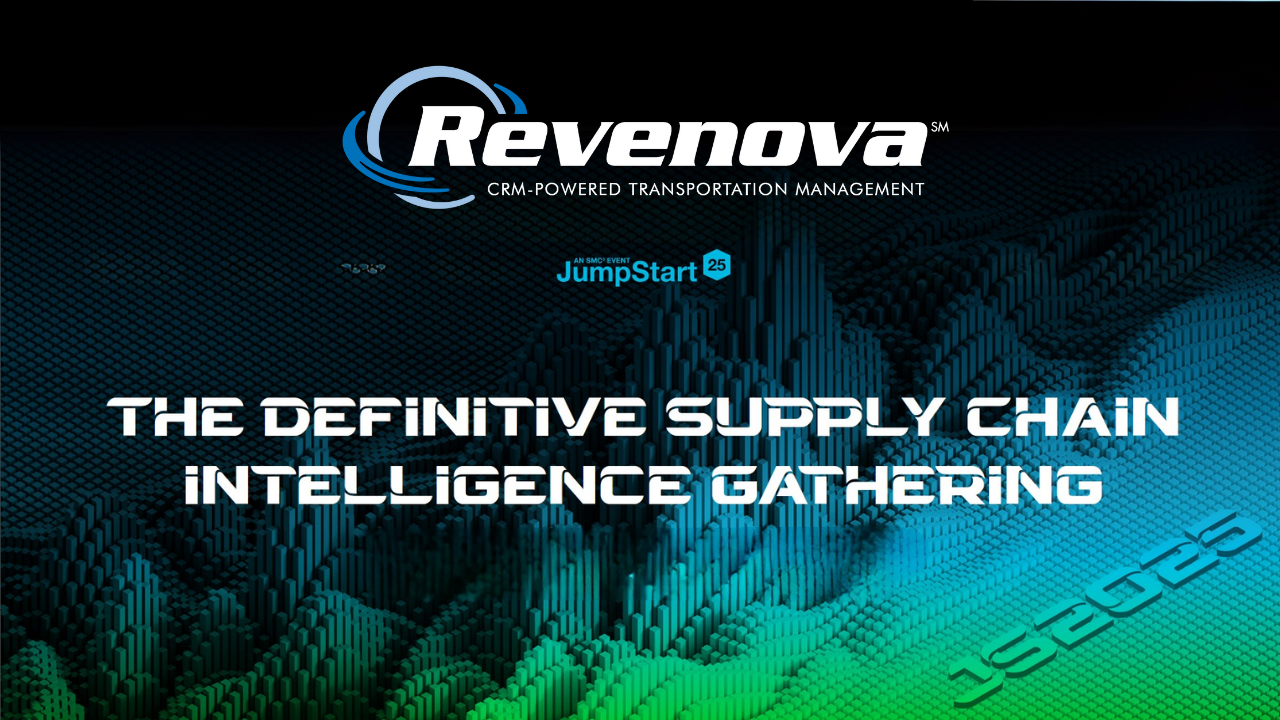
Using Your TMS to Foster a Culture of Safety
Safety and compliance are both major concerns for trucking fleet managers. In fact, J.J. Keller’s recent Insights on Priorities for Today’s Fleet Managers survey found that nearly 60% of fleet managers are most concerned about whether drivers understand how to safely and correctly operate their vehicle (or not). Another 23% of fleet managers are worried about distracted driving, while 19% want to make sure all vehicle inspections are handled and recorded properly.
In comparing fleet managers’ top concerns over the last two years, the training company says drivers complying with hours-of-service (HOS) limits saw the biggest increase (from 20% to 33%) between 2023 and 2024. These worries are valid: HOS violations made up 40% of all roadside infractions that were tracked during fleet audits in 2023 alone.
And over the four years that the survey has been conducted, these issues have surfaced as top concerns every year:
- Driver training: drivers applying what they learn in training.
- FMCSA compliance: staying up to date on changes in regulations.
- Overall safety: employees consistently making safe choices across scenarios.
- New vehicle technology: drivers accepting and properly using new vehicle technology.
- Vehicle maintenance: effectively tracking, planning and scheduling routine vehicle maintenance.
- Managing company expenses: finding and retaining high-quality drivers and effectively managing preventative maintenance to avoid losses due to breakdowns or accidents.
“The transportation industry continues to face a challenging landscape,” J.J. Keller acknowledges in its report, “but can overcome obstacles by committing to continuous improvement, embracing technology and fostering a culture of safety and compliance.”
A modern, cloud transportation management system (TMS) is the perfect tool for improving safety and compliance—and helping fleet managers get a good night’s sleep.
The Power of Real-Time Visibility
 By providing real-time visibility into vehicle location and performance, a TMS helps fleet managers monitor driver behavior and identify potential safety risks. When advanced features like electronic logging devices (ELDs) and vehicle telematics systems are integrated with the TMS, the platform also helps ensure compliance with HOS regulations and both detects and reports on unsafe driving practices (e.g., excessive speeding, harsh braking and/or excessive idling).
By providing real-time visibility into vehicle location and performance, a TMS helps fleet managers monitor driver behavior and identify potential safety risks. When advanced features like electronic logging devices (ELDs) and vehicle telematics systems are integrated with the TMS, the platform also helps ensure compliance with HOS regulations and both detects and reports on unsafe driving practices (e.g., excessive speeding, harsh braking and/or excessive idling).
A modern transportation management platform like Revenova TMS also generates predictive maintenance alerts that help managers avoid vehicle breakdowns and reduce accidents that may be caused by mechanical failures. Finally, by optimizing freight routes and load planning, a TMS helps reduce driver fatigue and time spent on the road—both of which promote safer driving conditions overall.
Within its Fleet Operations module, Revenova TMS maintains the details of each driver’s performance, compliance and safety metrics, including (but not limited to):
Compliance history: HOS logs, vehicle inspections and any violations or incidents.
Safety scorecard: Driver behavior like speeding, harsh braking and excessive idling.
Training records: Training courses and certifications that the driver has completed or earned.
Driver data: Name, driver’s license number, contact information and certifications.
Performance metrics: On-time delivery rates, fuel efficiency and how well the individual complies with safety regulations.
With Revenova TMS, there’s no reason to maintain a completely separate bank of driver profiles, a training spreadsheet or safety records across different systems: it’s all in one place in the TMS. With this data at their fingertips, fleet managers, brokers and carriers can easily identify high-performing drivers, address safety concerns, offer targeted training opportunities and maintain a safe, compliant and secure vehicle fleet.
Getting Ahead of the Game
Using the Fleet Module, brokers and carriers—regardless of whether they own/maintain vehicles assets or not—can collaborate and share data on the same platform. “The TMS consolidates all driver and vehicle information to help everyone operate more proactively, versus waiting for ‘something to happen’ before taking action,” says Jeremy Estep, Chief Revenue Officer at Revenova. “They get to be ahead of the game by having everything in a single platform.”
For example, if the data shows that a driver is continually operating trucks in an unsafe manner, or if truck maintenance schedules are being ignored, fleet managers can easily access and address the problems. The records are also archived for future use (e.g., if the unsafe driving behavior continues despite being flagged as a potential safety hazard).
Fostering a Culture of Safety
Supply visibility has become table stakes for organizations in today’s competitive, fast-paced business environment. When end customers want to know delivery ETAs, it’s no longer enough to just shrug and say that the “truck is on its way.” Revenova TMS’s real-time GPS tracking empowers fleet managers to monitor their drivers’ locations at all times. This visibility not only helps organizations offer higher levels of customer service, but it’s also crucial for ensuring driver safety, especially during breakdowns or emergencies.
With a robust TMS in their corner, fleet managers can proactively address safety and compliance challenges. This technology empowers them to reduce costs, improve efficiency, and foster a culture of safety.
To learn more about Revenova TMS, Request a Demo. Follow Revenova on LinkedIn, YouTube, and X for the latest updates and news about Revenova TMS, the original CRM-powered Transportation Management System.



